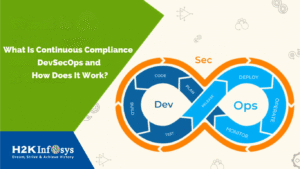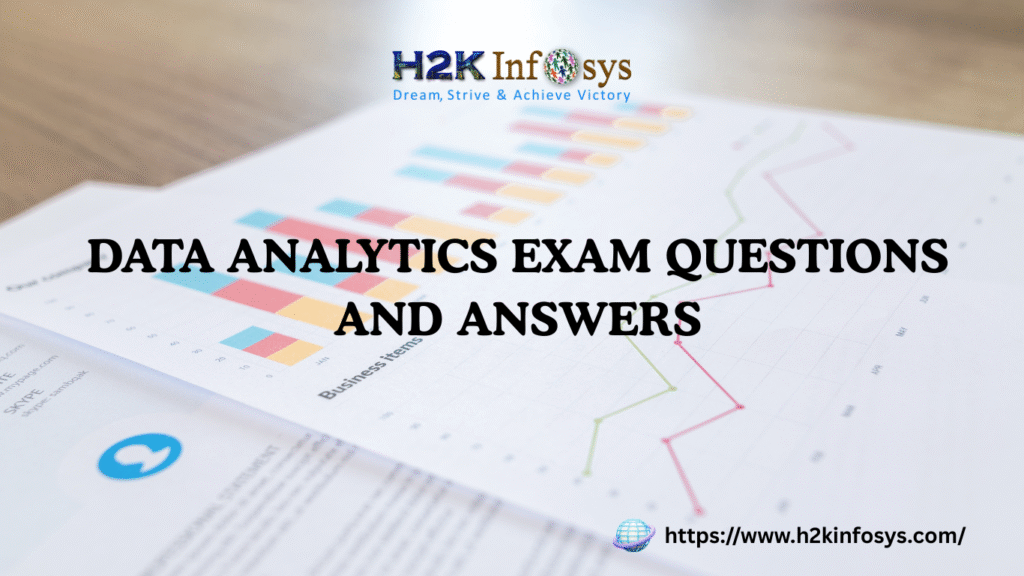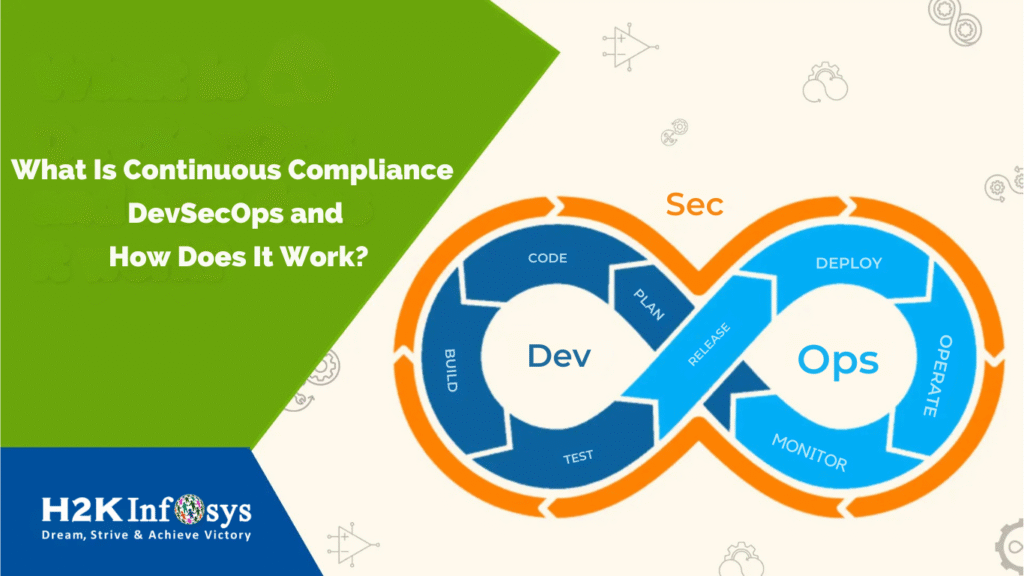TAAS is an outsourcing model where software testing is done by third party service provider instead of employees organisation. Here in Taas, testing is done by a service provider that specialises in simulating real world testing environments and also finding bugs in the software merchandise.
Testing as a Service (TaaS) is a cloud-based service model where testing activities, tools, and infrastructure are outsourced to a third-party provider. This approach allows organizations to leverage testing expertise, tools, and resources without the need to maintain an in-house testing infrastructure or hire dedicated testing teams.
TAAS is used in the following situations
- A company lacks the skills or may be resources to internally carry out testing.
- We do not want the in-house developers to influence the results of the testing process.
- save on cost
- It increases the speed of test execution and reduces software development time.
What are types of Taas?
- Functional Taas
- Performing testing as a service
- Security testing as a service
1.Functional Taas
TAAS functional testing has UI/GUI testing, regression, integration and automatic user acceptance testing and not necessary which part of functional testing.
2.Performance testing as a service
Many users who are accessing the application at the same time. TAAS mimic as in like a real world users environment by creating virtual users and also performing the load and stress test.
3.Security testing as a service
TAAS scans the applications and websites for vulnerability if any.
Key Features of TAAS:
- Self-service portal for running application used in functional and load testing.
- It has test library with security controls as maximum which saves entire test assets available to the users.
- Maximise the hardware utilisation; sharing of cloud hardware resource pool is facilitated when abiding the security policies.
- It makes sure the detection of bottlenecks and solves the problems for the application under test by monitoring it.
- The metering capability allows tracking and charging for services used by customers.
When to use TAAS?
This is useful when
- By testing applications that need extensive automation and with sort test execution cycle.
- Performing a testing task which doesn’t ask for in-depth knowledge of a design or may be a system.
- For ad-hoc or irregular testing activities which require extensive resources.
Software testing as a service over cloud:
Once the user scenario is created and test is designed these service providers deliver servers to generate virtual traffic lights across the globe.
In cloud, the software testing occurs in the steps like
1. Developing user scenarios
2. Designing test cases
3. Select cloud service provider
4. setup infrastructure
5. Leveraging cloud service
6. Starting testing
7. Monitor goals
8. Deliver
Benefits are:
- It ensures data integrity and anytime, anywhere accessibility.
- It reduces operational costs, maintenance costs and investments.
How does TAAS work?
TAAS is an organisation takes third party that functions testing procedures that could be performed in–house. Organisations purchase testing tools,testing software and also has infrastructure from providers may used as pay per basis.
TAAS is used for automated testing processes which is manually take longer for in-staff to finish it. It will be used in situations when the customer organisations don’t have any resources to carry themselves. The resource may be time, money, staff or technology. TAAS will not be the appropriate option for organisations that require in–depth knowledge of any company’s infrastructure.
We have some providers TAAS offerings given in bundles with many services combined on one offering. Others offer individual options specialisation in one type testing. Organisation will be combining option more appropriate and also avoid purchasing a bundle where some of the services will go unused.
TaaS typically offers a range of testing services, including:
Functional Testing: Verifying that the software functions according to specified requirements.
Performance Testing: Assessing the performance characteristics of the software, such as speed, scalability, and reliability.
Security Testing: Identifying and mitigating security vulnerabilities within the software.
Compatibility Testing: Ensuring that the software operates correctly across different platforms, browsers, and devices.
Automation Testing: Implementing automated test scripts to streamline testing processes and improve efficiency.
Benefits of TaaS include:
Cost Savings: Organisations can avoid upfront investments in testing infrastructure and resources, paying only for the testing services they use.
Scalability: TaaS providers can quickly scale testing resources up or down based on project requirements, ensuring optimal resource utilisation.
Access to Expertise: TaaS providers often have specialised testing expertise and experience across various industries and domains.
Focus on Core Competencies: By outsourcing testing activities, organisations can focus on their core business objectives and innovation.
However, there are also challenges associated with TaaS, such as data security concerns, dependency on external providers, and potential communication barriers.
Overall, TaaS can be a valuable option for organisations looking to improve the quality of their software products while optimising testing efforts and costs.
Questions:
1. What is TAAS?
2. How TAAS is used?























